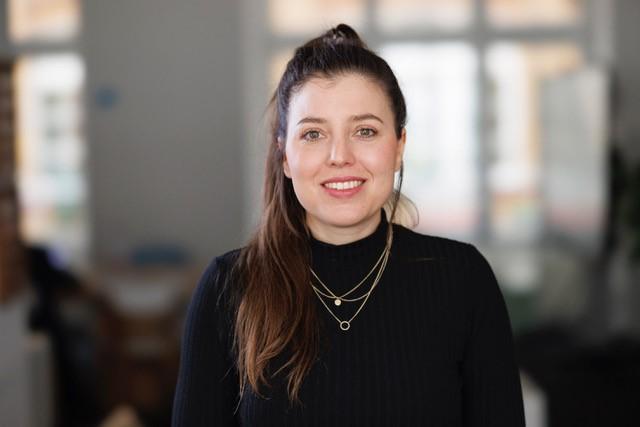Five questions for Correctiv fact-checker Uschi Jonas

Leipzig/Berlin – False reports are circulating everywhere in the online world, especially in social media. The portal “Correctiv” deals with this phenomenon on a daily basis and deploys a fact-checker team to investigate.
“We Europeans” wanted to know from Uschi Jonas, who heads the fact-checker team, what has changed since the Corona pandemic and how her editorial team works.
How do you become aware of false information?
We deal almost exclusively with disinformation that spreads in social networks. That’s why we keep an eye on all the platforms and relevant accounts and channels that we know about and monitor them. This means that each member of our team looks around on one of the platforms in the morning – Telegram, Facebook, Twitter, Tiktok, Youtube, etc. – and does initial research on potential false allegations that we come across. Then we discuss it all in our morning conference. But we also have a Whatsapp chatbot that readers can use to send us tips about potential false reports, which we then also look at. The bot can be found here: Criteria that go into our decision whether to check something or not are
- Vitality — spi.e. how strongly is a topic shared or seen?
- Relevance — for example, is it a topic that relates to current events?
- Potential harm — sprici.e. will misinformation harm individuals, groups or minorities?
Since when has Fake News been an issue?
Disinformation is in no way a new phenomenon, but the functioning of social networks and the Corona pandemic have fuelled the fact that false claims are no longer only to be found in the far corners of the internet. The functioning and algorithms of social networks create echo chambers that can create a distorted view of the world and ensure that highly emotional posts – as disinformation usually is – go more viral than others. And the pandemic has additionally made false news a mass phenomenon more than ever. Corona suddenly became the only dominant topic of everyday life. This has fuelled the penetration of false news into social circles that were previously not susceptible to it. Moreover, the Corona crisis made the issues highly complex and scientific. We were all affected by it, but few have expertise in the scientific details or in validly verifying content. This is exactly what those who put misinformation into the world took advantage of. And: False claims have been circulating in Germany for years on topics such as migration or climate change, but narratives that circulated for months in the course of the pandemic showed how strongly disinformation can be used for political mobilisation.
What has the Corona pandemic changed for you?
Die Corona-Pandemie hatIn any case, the Corona pandemic has massively increased social and political awareness of the problems and dangers surrounding disinformation – and this, in turn, naturally leads to us being heard more.
What are the topics around which most misinformation currently revolves?
The start of the Ukrainian war in February 2022 completely displaced the main topic of the Corona pandemic for the time being. At the beginning, it was mainly false reports that concerned the war on the ground, but over time the focus in the German-speaking world shifted to topics that are indirectly related to the war – such as the energy crisis, disinformation about refugees from Ukraine or the politics of the West. But we also repeatedly encounter the Ukrainian president Selenskyj or narratives that are meant to reinforce the Kremlin’s grand narratives, such as Nazis in Ukraine. Topics around climate change or in connection with current events, such as the riots in France at the moment, also remain perennial favourites.
What are the 3 tools that everyone should know to check whether a message is right or wrong?
I would say one tool in particular is very helpful and we use it ourselves all the time in our work: reverse image search – it’s very easy to use via search engines like Google, Tineye, Yandex or Bing and often helps very quickly to find out if a photo has been manipulated or put into a wrong context. There are many other tools, but most of them are only there to support, in the end it always takes human research to expose something as a false claim. So my tip is to check your sources! Is there a source for a claim – and if so, does it seem credible or does it even reflect what is being claimed?
Foto Credit: Ivo Mayr/CORRECTIV
